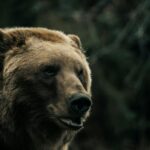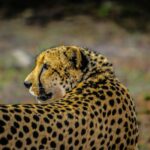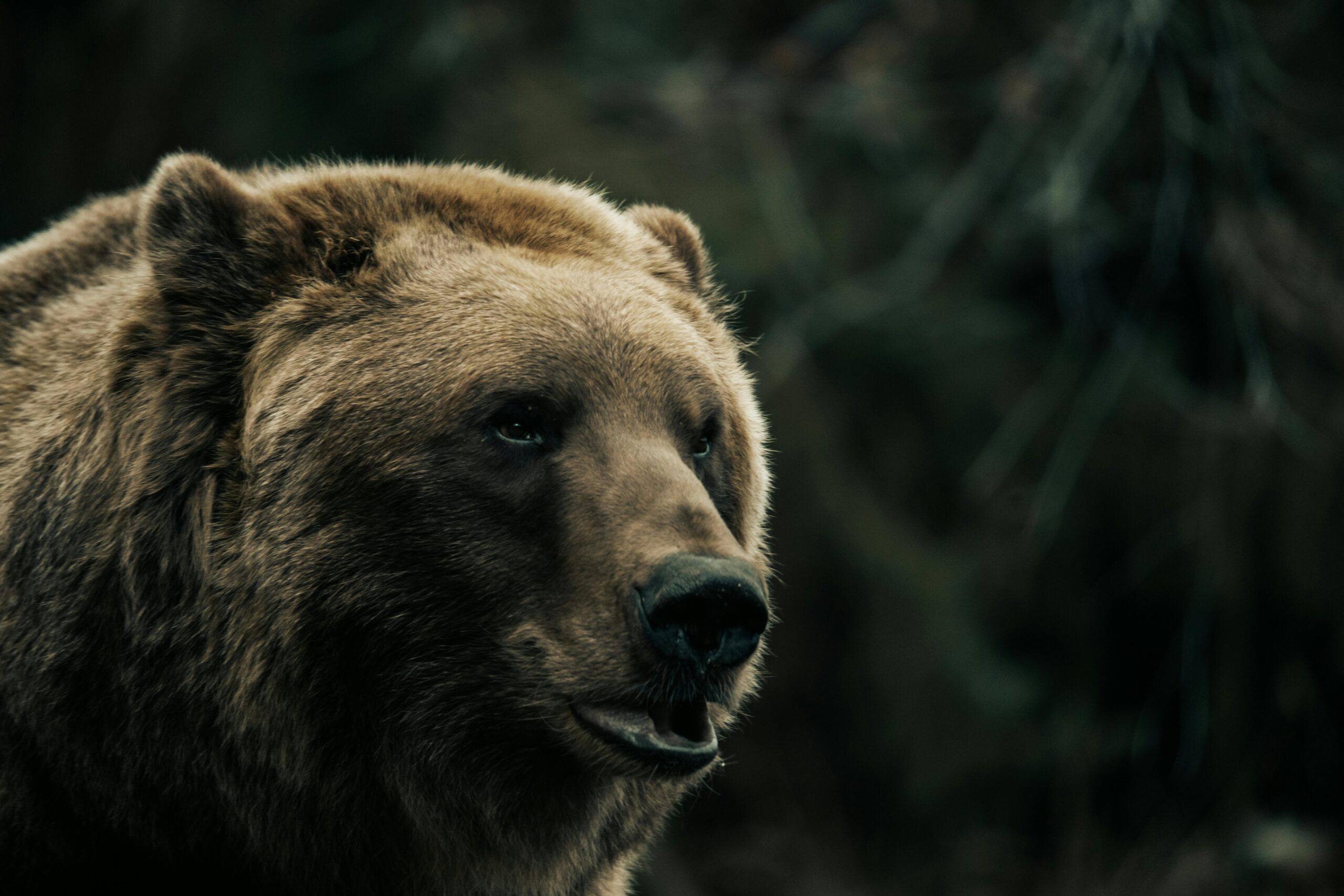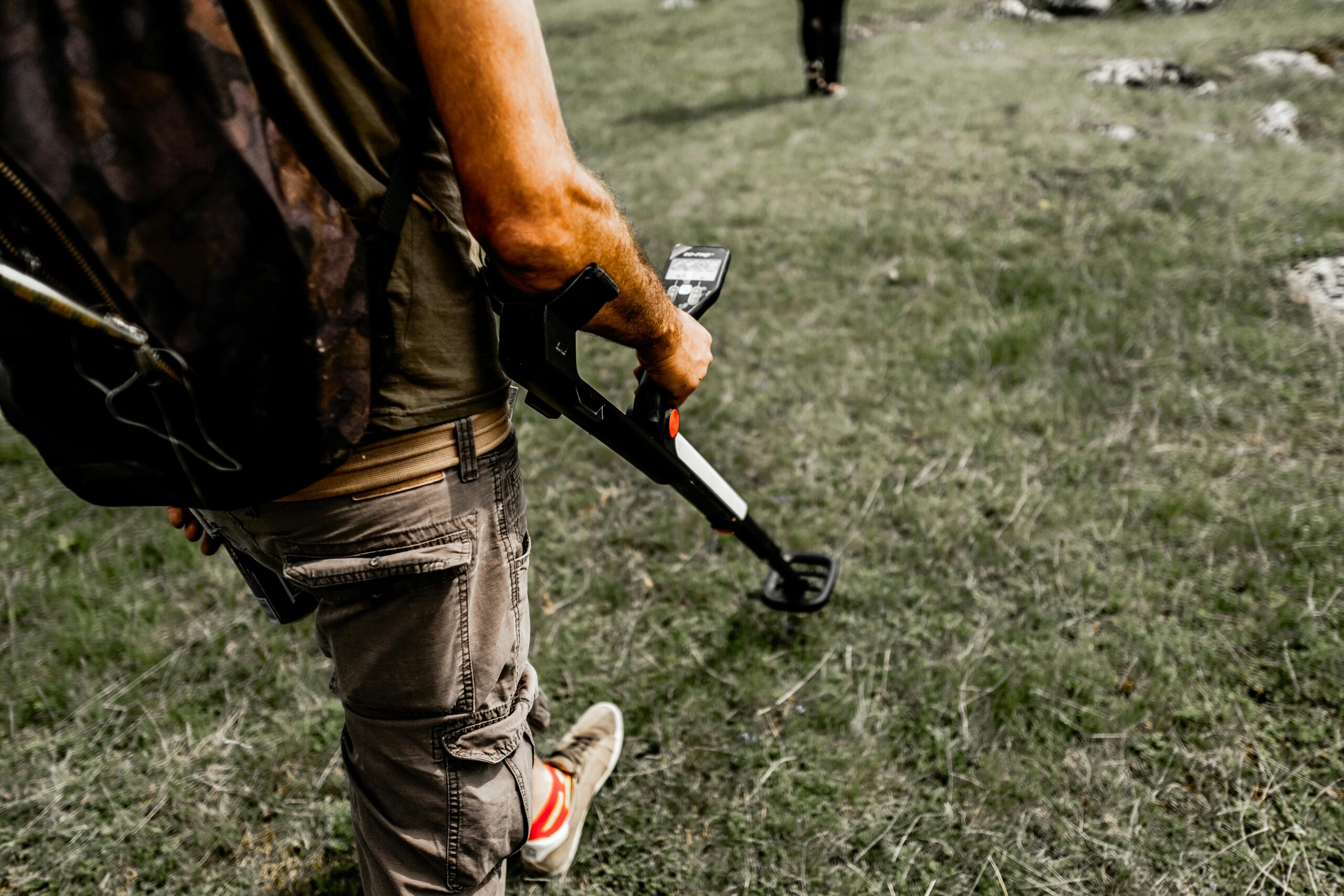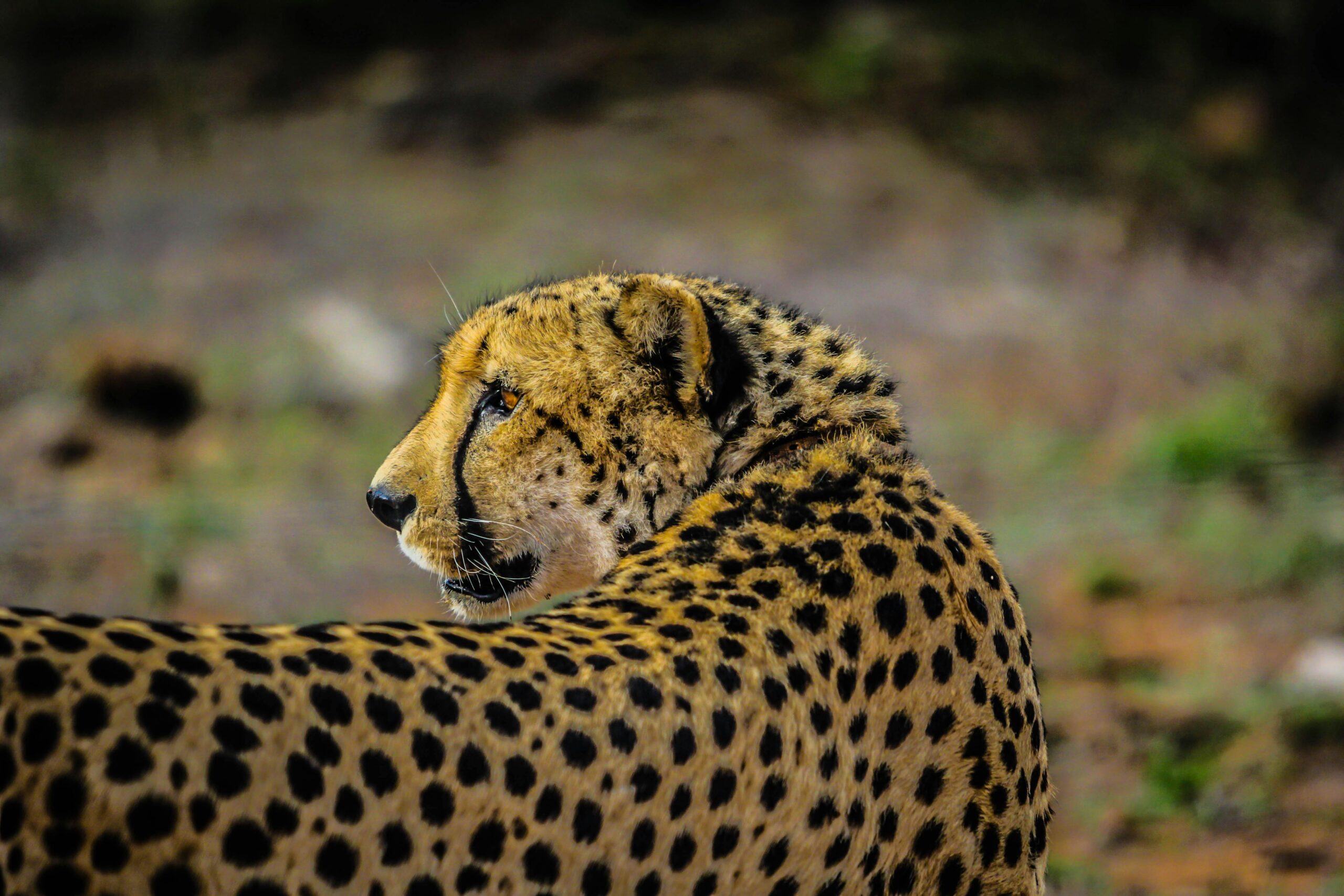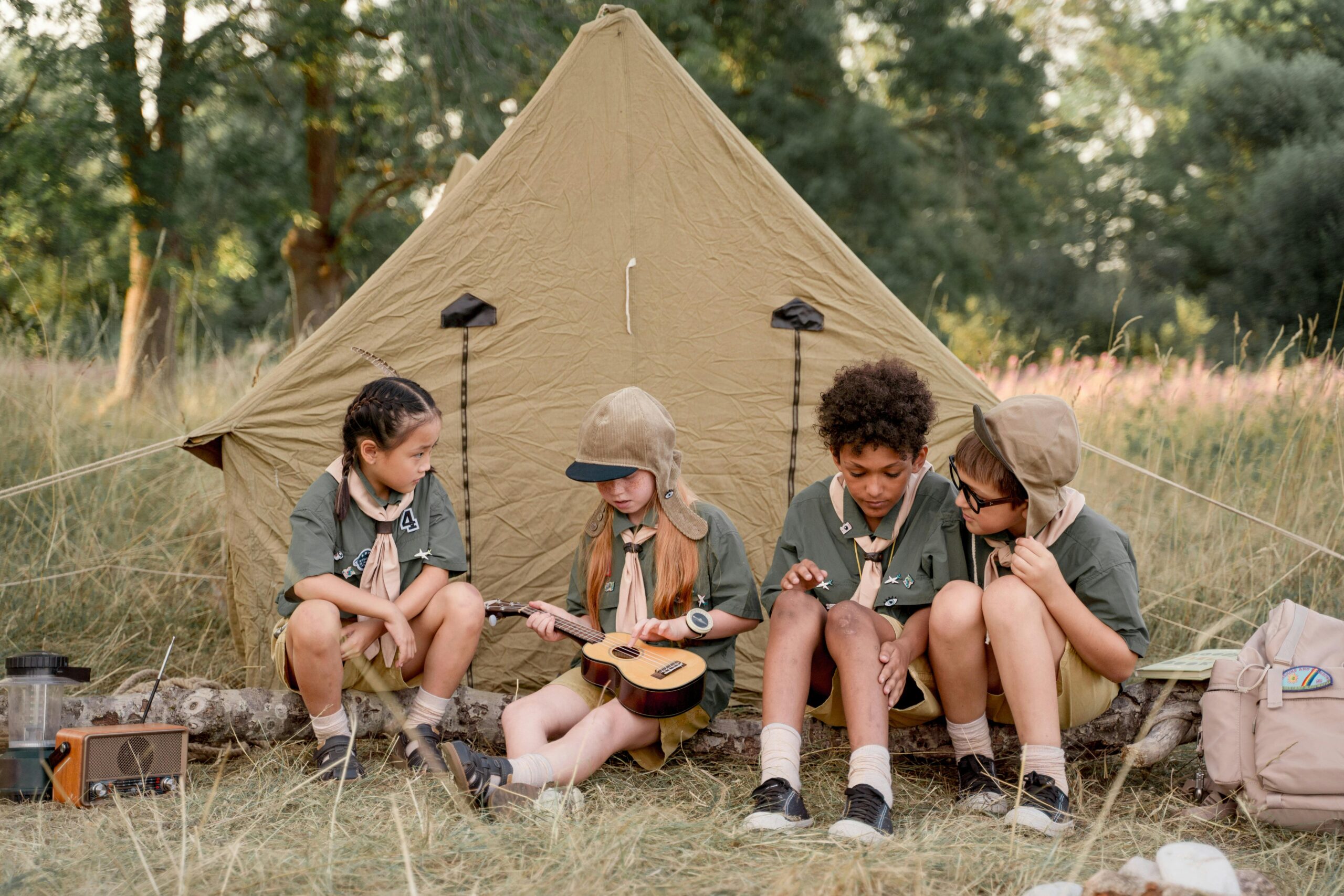Moonlit Ethics: Dancing with Shadows in the Wildlife Arena
Introduction
Under the silvery glow of the moon, the natural world transforms into a realm of mystery and enchantment. For wildlife photographers, this is a time of great opportunity and equally great responsibility. Capturing the raw beauty of nocturnal creatures without intruding on their natural habitats is an art that requires patience, knowledge, and a deep respect for the wild. In this piece, we will delve into the delicate balance of observing and capturing nighttime wildlife, and explore the ethical considerations that guide us in this dance with shadows.
The Ethics of Nocturnal Wildlife Photography
Minimize Negative Impacts
When venturing into the night to photograph wildlife, it is crucial to minimize negative impacts on the animals and their environment. This principle, emphasized by the International League of Conservation Photographers, is paramount in ensuring that our presence does not disturb the natural behavior of the creatures we are photographing.
- Respectful Distance: Maintaining a respectful distance is key. Using telephoto lenses, such as a 100-400mm lens, allows you to capture close-ups without intruding on the animal’s space. This approach not only respects the animal’s boundaries but also helps in capturing more natural behavior.
- Avoid Flash and Artificial Light: Powerful flashes can harm the sensitive eyesight of nocturnal animals, such as owls and nightjars. If night photography is necessary, opt for filters or diffusers, and consider infrared photography to minimize disturbance.
Honesty, Authenticity, and Accuracy
Honesty, authenticity, and accuracy are essential in wildlife photography. This means avoiding any form of manipulation or staging that could mislead the audience or harm the animals. For instance, using audio playback to lure animals is unethical and can cause significant stress to the animals.
- Natural Behavior: Aim to document natural behavior without interference. If your presence is causing the animal to change its behavior, it is a sign that you need to adjust your approach.
- Transparency: Be transparent about the conditions under which your photos were taken. Avoid passing off captive animals as wild ones, as this can breach the trust between the photographer and the audience.
Practical Tips for Nocturnal Wildlife Photography
Research and Preparation
Before heading out, research your subject thoroughly. Understand the habits, habitats, and active times of the nocturnal creatures you wish to photograph. Early morning and late afternoon can be great times for spotting some species, but nocturnal animals require a different approach.
- Learn About Your Subject: Knowing where and when to find your subjects can make a significant difference. For example, certain owl species are more active during specific seasons and times of the day.
- Use the Right Gear: Invest in good quality gear, including telephoto lenses and cameras with high resolution sensors. This will help you capture detailed images without needing to get too close to your subjects.
Ethical Approach
An ethical approach is not just about avoiding harm but also about respecting the animals’ space and well-being.
- Avoid Baiting and Handling: Never use bait to lure animals or handle them for the sake of a photograph. This can disrupt their natural behavior and cause them undue stress.
- Respectful Duration: Limit the time you spend observing or photographing an animal to avoid causing prolonged stress. Back away slowly and raise your camera slowly to avoid sudden movements that might disturb the animal.
Conclusion
Photographing wildlife under the moonlight is a unique and rewarding experience, but it comes with significant responsibilities. By adhering to ethical guidelines, respecting the animals’ space, and minimizing our impact, we can capture the beauty of the nocturnal world without harming it.
As Carlton Ward Jr., an award-winning conservation photographer, exemplifies, the perfect image can be captured without harm to the animals or their environment. Let us strive to be ambassadors of the natural world, documenting its beauty while ensuring its preservation for future generations.

